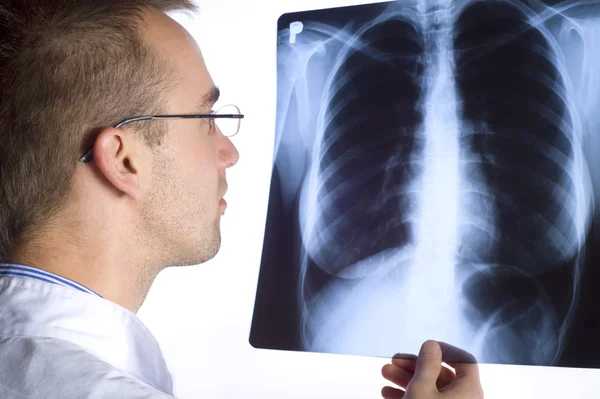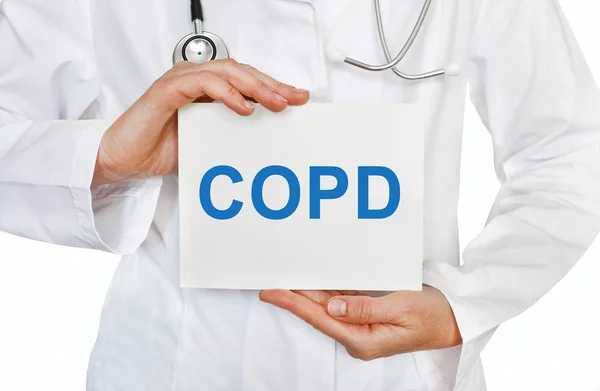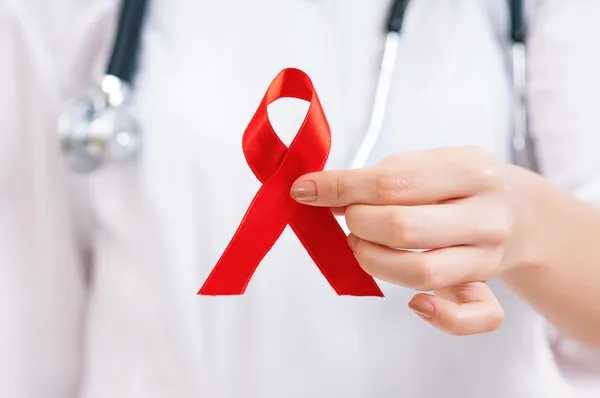Next-Gen Breast Cancer Treatments: The Future of Care
Breast cancer treatment has made remarkable strides over the past few decades, but the future holds even more promise. With an explosion of research and technological advancements, the next generation of breast cancer treatments is poised to offer even more effective, personalized, and less invasive options. These next-gen therapies focus on precision, targeting cancer at the molecular level, and harnessing the body’s own systems to fight the disease.
Breast cancer treatment has made remarkable strides over the past few decades, but the future holds even more promise. With an explosion of research and technological advancements, the next generation of breast cancer treatments is poised to offer even more effective, personalized, and less invasive options. These next-gen therapies focus on precision, targeting cancer at the molecular level, and harnessing the body’s own systems to fight the disease.

Here’s a look at the most promising next-generation treatments in breast cancer care:
1. Targeted Therapies: The Future of Precision Medicine
Targeted therapies are already a cornerstone of breast cancer treatment, but the next wave promises even more tailored approaches. These therapies work by specifically targeting cancer cells or the molecular pathways that drive their growth, minimizing damage to healthy tissues.
- Antibody-Drug Conjugates (ADCs):One of the most exciting developments in targeted therapy is the evolution of ADCs. These drugs link a potent chemotherapy agent to an antibody that targets specific proteins on cancer cells. For instance, trastuzumab deruxtecan is a next-gen ADC that targets HER2-positive breast cancers. Early trials suggest that ADCs not only enhance the effectiveness of treatment but also significantly reduce side effects compared to traditional chemotherapy.
- PI3K Inhibitors:Mutations in the PI3K pathway are common in breast cancer, particularly in hormone receptor-positive subtypes. Drugs that target this pathway, such as alpelisib, are being refined to further reduce cancer growth while improving patient outcomes.
2. Immunotherapy: A New Frontier in Treatment
Immunotherapy, which boosts the body's immune system to fight cancer, is opening new frontiers in breast cancer treatment. While still in the experimental phase for many breast cancer subtypes, several promising therapies are showing potential:
- Immune Checkpoint Inhibitors:Drugs like pembrolizumab (Keytruda) and atezolizumab (Tecentriq) are revolutionizing care for triple-negative breast cancer (TNBC), an aggressive subtype with few treatment options. These drugs work by blocking proteins that prevent immune cells from attacking cancer cells. Clinical trials are exploring their effectiveness when combined with chemotherapy or other immunotherapies.
- Cancer Vaccines:Cancer vaccines, which help the immune system recognize and target cancer cells, are showing promise. For example, personalized cancer vaccines that target specific mutations in a patient’s tumor are being developed to reduce the risk of recurrence and improve long-term survival.
3. Gene Editing and Gene Therapy: The Cutting Edge
Gene editing and gene therapy represent some of the most innovative areas in cancer treatment. Technologies like CRISPR are enabling scientists to directly edit genes, potentially correcting mutations that cause cancer.
- CRISPR-Cas9:This gene-editing tool has the potential to modify cancer-related genes in both tumors and immune cells. Researchers are investigating its ability to repair BRCA1 and BRCA2 mutations in patients with hereditary breast cancer, aiming to prevent the disease before it even begins.
- Gene Therapy:Researchers are working on delivering genes into cancer cells that either promote cell death or restore normal function. While still in early stages, this approach could provide a more targeted and effective treatment option for patients with advanced or metastatic breast cancer.
4. Liquid Biopsies: A Game-Changer for Early Detection and Monitoring
Traditional biopsy methods often require invasive procedures, but liquid biopsies are transforming how we detect and monitor breast cancer. These tests analyze a blood sample for tumor DNA, proteins, or other cancer-related markers, offering a non-invasive and real-time look at cancer progression.
- Non-invasive Monitoring:Liquid biopsies can detect early signs of metastasis or recurrence, allowing for more timely and personalized adjustments to treatment. For example, they can identify when a tumor has developed resistance to a particular drug, prompting a switch to more effective therapies.
- Early Detection:Liquid biopsies also hold promise for early detection of breast cancer, even before symptoms appear or tumors are detectable through traditional imaging techniques.
5. Artificial Intelligence (AI) and Machine Learning in Breast Cancer Treatment
AI and machine learning are transforming the way breast cancer is diagnosed and treated. These technologies can analyze vast amounts of data from imaging scans, genetic profiles, and clinical histories to identify patterns that might be missed by human doctors.
- AI in Diagnostics:AI algorithms are already being used to read mammograms and other imaging scans with remarkable accuracy, helping radiologists detect breast cancer earlier and more reliably.
- Predictive Modeling:Machine learning models are helping oncologists predict how a patient’s cancer will respond to specific treatments. These tools analyze data from clinical trials and patient outcomes to suggest the most promising therapeutic strategies based on an individual’s unique tumor characteristics.
6. Next-Generation Radiation Therapy
Radiation therapy is a common part of breast cancer treatment, but new technologies are making it more precise, less harmful, and more effective.
- Proton Therapy:Unlike traditional radiation, proton therapy uses charged particles to target tumors with greater accuracy, sparing healthy tissues from unnecessary radiation. It’s particularly useful for tumors near vital organs or in patients who require repeat radiation treatments.
- Adaptive Radiation Therapy (ART):ART uses real-time imaging to adjust radiation doses during treatment, based on tumor shrinkage or movement, ensuring maximum effectiveness while minimizing side effects.
7. Advancements in Supportive Care: Enhancing Quality of Life
While innovative treatments focus on eradicating cancer, next-gen approaches are also improving the quality of life for patients during and after treatment. Advances in supportive care are helping patients manage side effects and maintain mental and emotional health.
- Telemedicine and Remote Monitoring:Telemedicine has become a key part of breast cancer care, allowing patients to stay connected with their healthcare teams without needing to travel. Remote monitoring tools also enable physicians to track side effects in real-time, adjusting treatments to improve comfort and well-being.
- Wearables and Mobile Apps:Devices that monitor vital signs, track medication schedules, and alert patients to potential complications are helping individuals manage their health more proactively. Additionally, apps focused on mental health support, exercise, and nutrition are assisting patients in navigating the emotional and physical challenges of breast cancer treatment.
A Promising Future
The next generation of breast cancer treatments is ushering in an era of more personalized, less invasive, and more effective therapies. From targeted therapies to immunotherapies and gene editing, these advancements offer not only hope for a cure but also the promise of a better, healthier future for those diagnosed with breast cancer.
As science and technology continue to evolve, the fight against breast cancer becomes not only a battle for survival but a journey toward healing, resilience, and, ultimately, victory.








